Last Updated on January 8, 2024 by Marian Jones
This post begins with a historical overview of Munich art, from medieval illuminated manuscripts to the expressionist art of the 20th century. Then, we look at the city’s main art galleries, explaining what you can see where and focussing mainly on works by German painters, including Albrecht Dürer and Hans Holbein, Caspar David Friedrich, and the expressionists Paul Klee and August Macke. We also cover Hitler’s attitude to ‘degenerate art’ and the quite incredible tale of the Munich Art Hoard, uncovered in 2012 when Cornelius Gurlitt was found to have been hiding hundreds of valuable long-lost artworks in his Munich apartment.
a little history
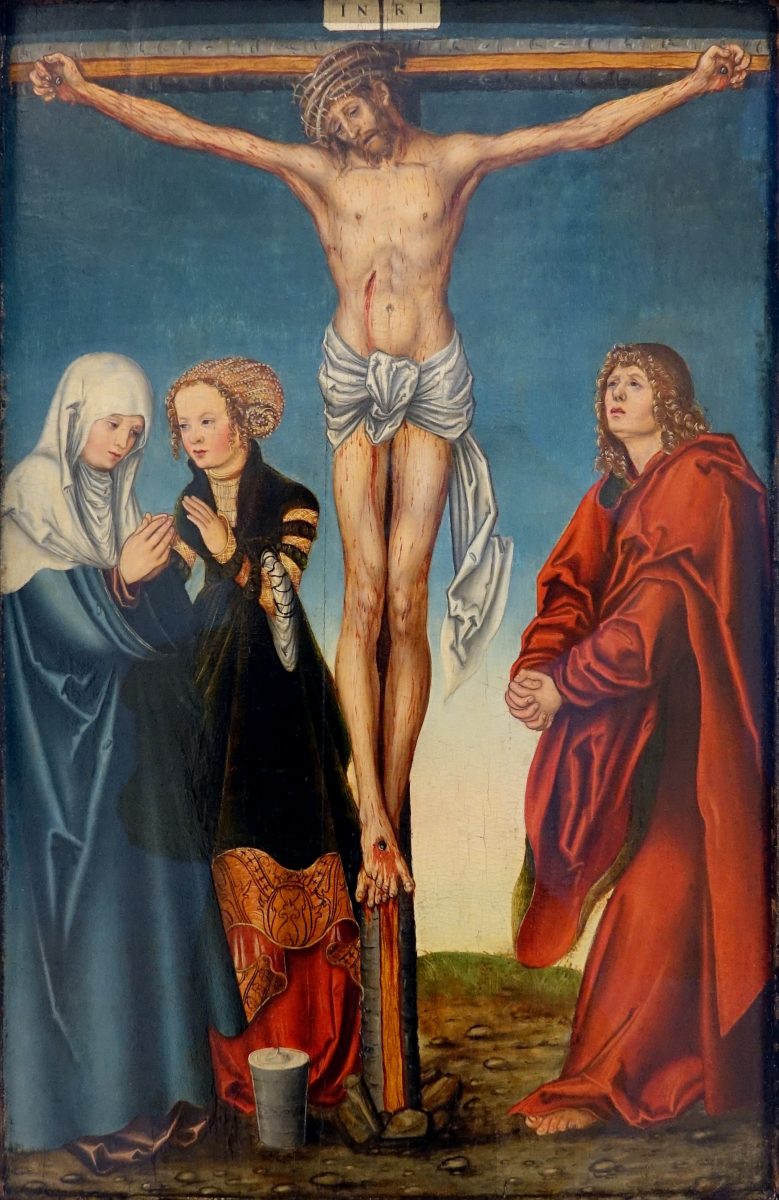
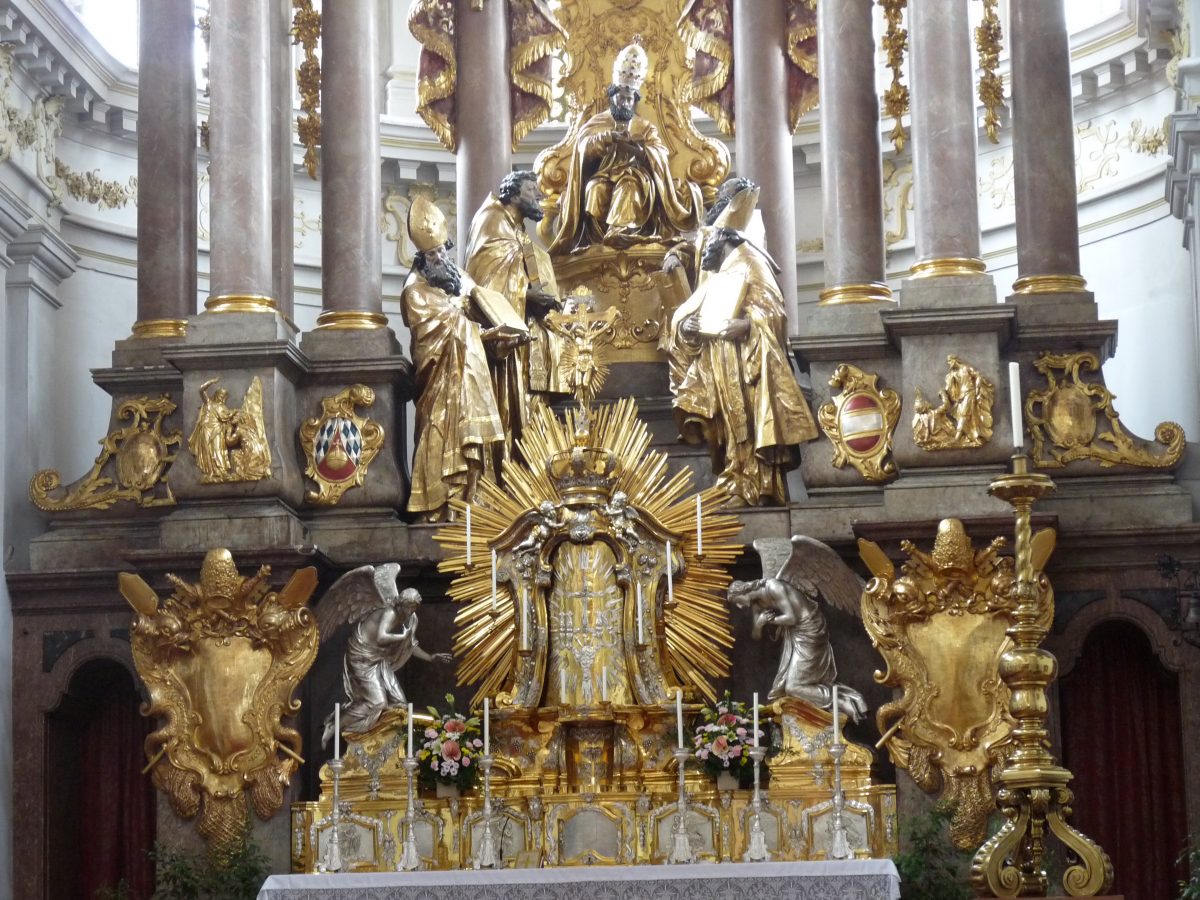
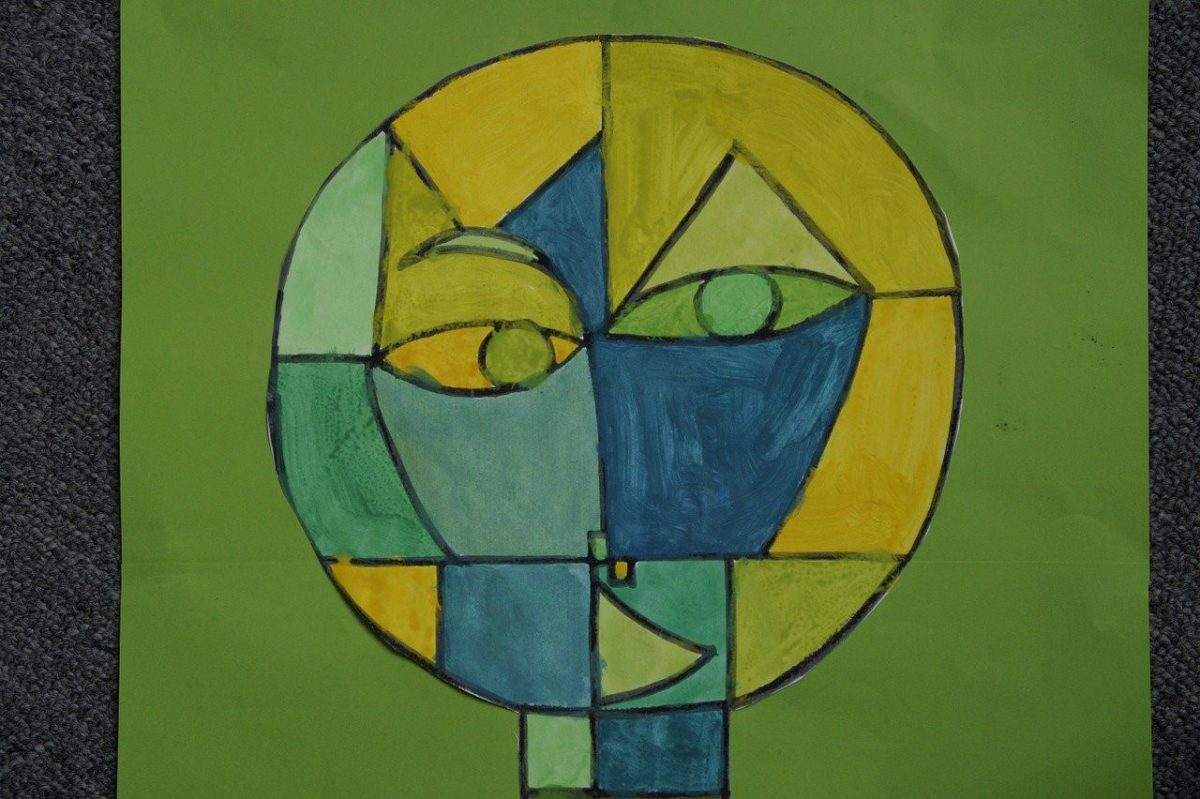
Munich’s medieval monks made many beautifully illustrated manuscripts, some of which can be seen today in the Stadtmuseum. By the 13th century, gothic sculptures were appearing in, for example, the Peterskirche and during the renaissance such well-known artists as Lucas Cranach and Albrecht Dürer came to prominence. Baroque arrived in Munich in the 18th century from Italy thanks to the Assam Brothers who built the wonderfully exuberant Assam Church in Sendlinger Strasse. Romanticism followed, with artists like Caspar David Friedrich and then Ludwig I oversaw a return to classicism, through buildings like the Glyptothek, completed in 1830 to house the city’s collection of classical statues. Ludwig’s aim was to turn Munich into ‘Athens on the (River) Isar.
In the 1890s over 100 artists formed the ‘Künstlergesellschaft’, preferring to paint scenes from nature and daily life to religious and classical themes. Like the French impressionists, they left their studios to paint in natural light. ‘Jugendstil’ was the German equivalent of Art Nouveau and then, specifically in Munich, came the expressionist Blue Rider movement, whose artists used bright colours and abstract shapes in exciting new ways. From the 1920s, Hitler began censoring what he called ‘degenerate art’ and allowed only works he considered ‘echt deutsch’, that is ‘properly German’ to be displayed in the new Haus der Kunst art gallery.
the alte pinakothek
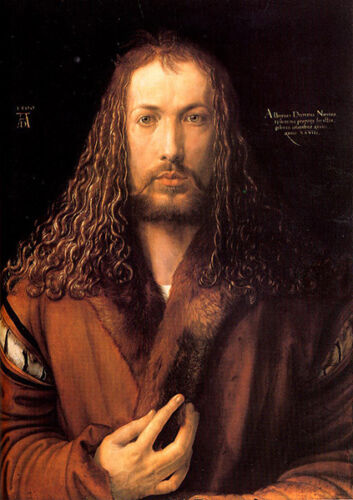
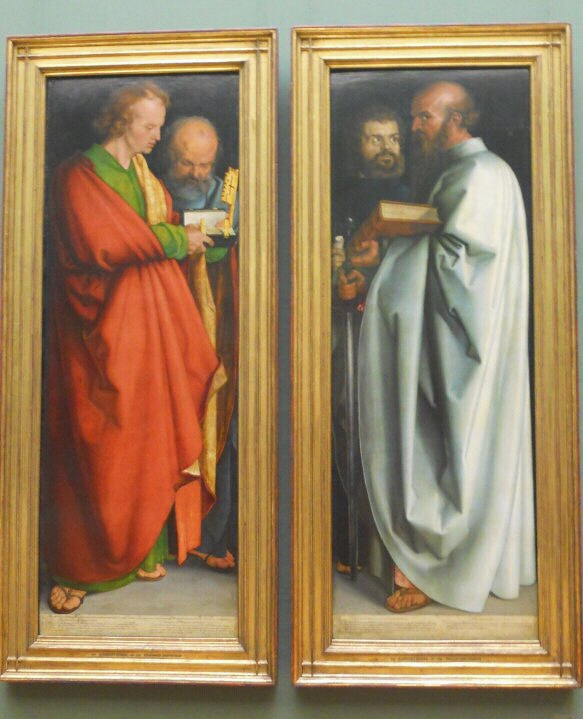
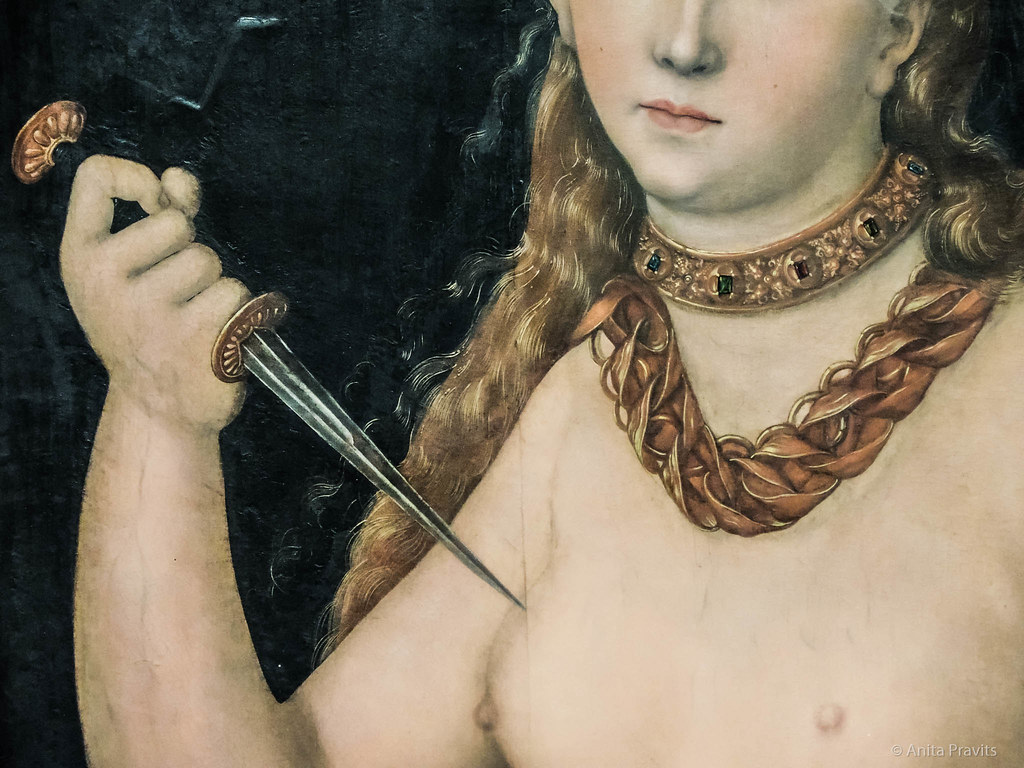
When the Alte Pinakothek was built in 1826, it was the largest art gallery in the world. Ludwig I commissioned it to house the Wittelsbach family’s 500 year-old collection of Old German Masters, pieces dating from periods as varied as the Middle Ages and the 18th century.
The Apostles, by Albrecht Dürer, (1471-1528) is here. This double-panelled work, shows the 4 apostles as real people with distinct personalities: Paul, sword in hand, the powerful fighter, Peter, the venerable elderly man. It was commissioned for the Nuremberg Senate, but the Emperor Maximilian liked it so much he brought it to Munich, where it’s been one of the city’s most treasured pieces of art ever since. Here too are Dürer’s self-portrait, depicting himself as a Christ-like figure, and his Lamentation, showing Mary, Mary Magdalen and others watching over Christ’s dead body.
There are works by the reformation artist, Lucas Cranach (1472-1553) too. His Christ on the Cross portrays the Lutheran theme that we are redeemed by Christ, not by the catholic church. It shows Jesus, flanked by 2 criminals, watched over by Mary and John the Baptist. One of the dozen or so of his pictures of the Madonna and Child is here too, along with a secular work, Lucretia. He is thought to have painted her about 40 times and in this version, she was shown nude until, in about 1600, another artist painted clothes on to her. They were removed in 1919, so now you see the painting as Cranach intended.
Another well-known work here is the Kaisheim Altar by Hans Holbein the Elder (1460- 1524), It shows 8 biblical scenes, depicted in bright colours like stained glass, described in the gallery’s guidebook as ‘bright blue, subdued crimson, warm green and purple flowing through the gold tracery of the structure’. In addition to works by German painters, many internationally famous artists are represented here too, including Giotto, Bruegel, Leonardo da Vinci, Rubens and Rembrandt.
the neue pinakothek
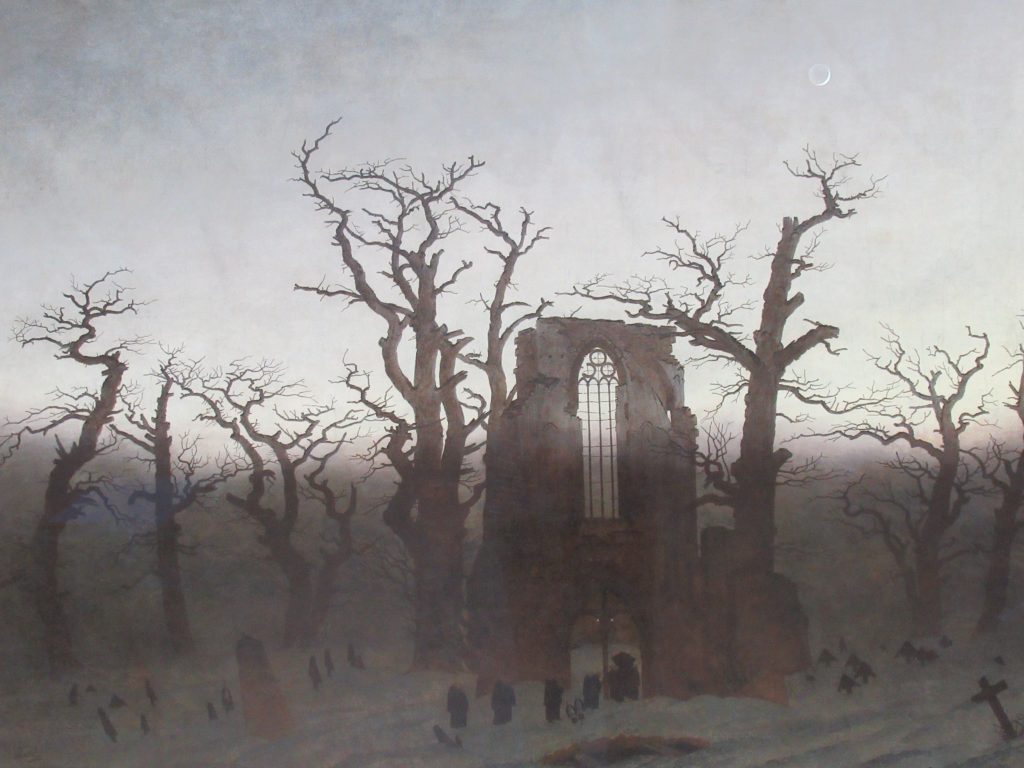
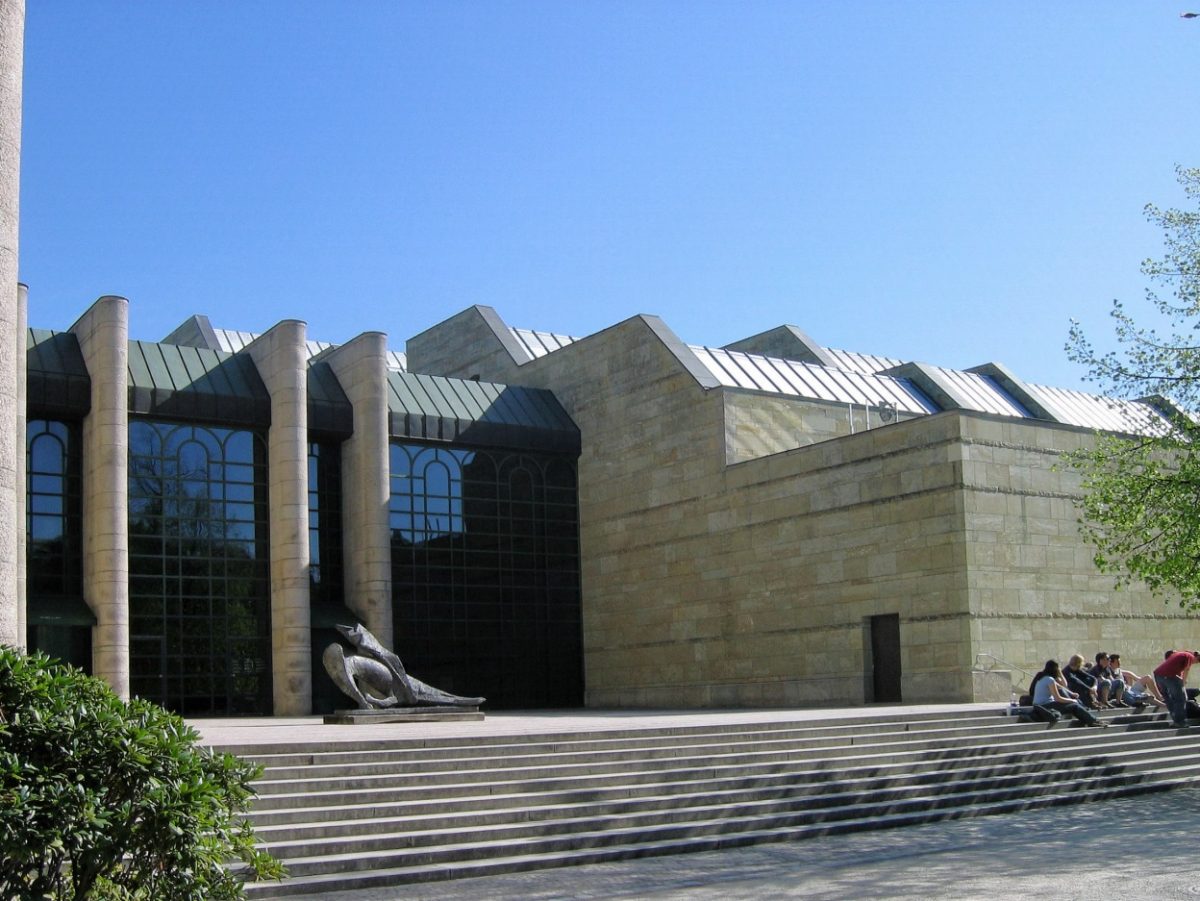
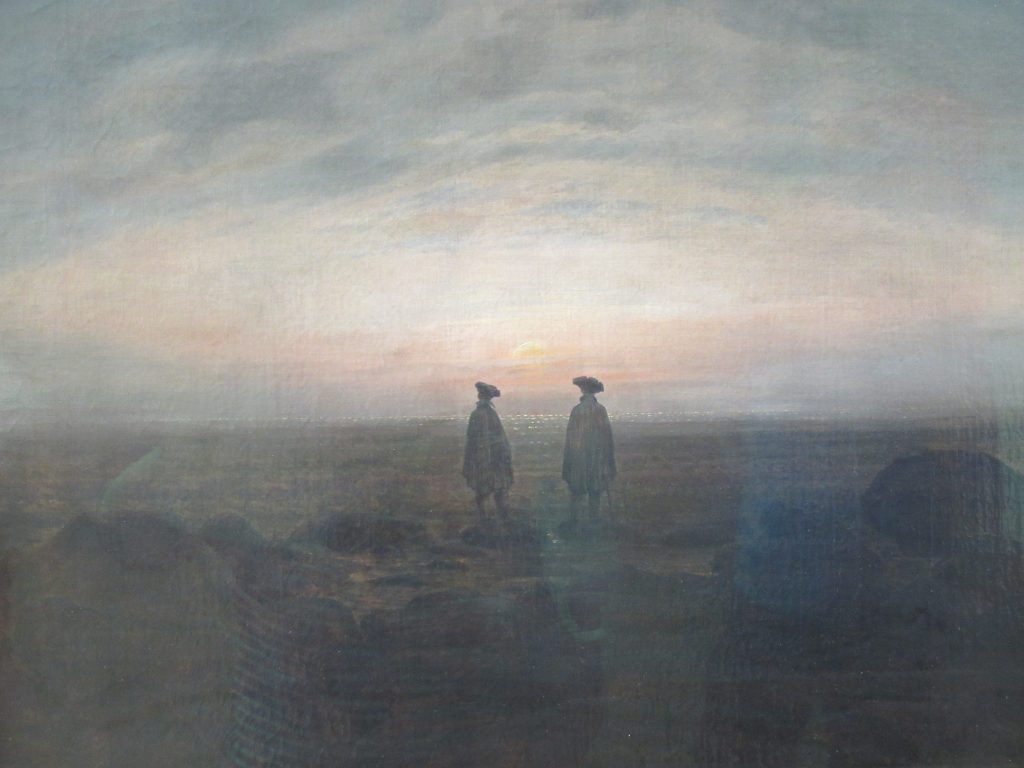
At the Neue Pinakothek you can see works by the German Romantics, including Caspar David Friedrich (1774-1840). There are examples of his romantic landscapes, depicting natural scenes – skies, landscapes, barren trees, mists and old ruins. His Garden Bower shows 2 figures in a garden, gazing through the bower to a gothic church. In The Summer, the foreground is taken up with trees, the background shows the lakes and hills in the distance and in a small corner are 2 figures embracing.
Also here is an Expressionist Gallery and a collection of the so-called ‘degenerate art’ pieces rejected during the Nazi regime. There is a furniture collection too, including Bauhaus pieces. International artists shown here include Monet, Cézanne, Gauguin, Degas, Van Gogh, Picasso, and Salvador Dali.
Another Munich gallery, the Schack Gallery is based on a private collection of German paintings, particularly from the romantic era.
Another Munich gallery, the Schack Gallery is based on a private collection of German paintings, particularly from the romantic era.
the lenbachhaus gallery
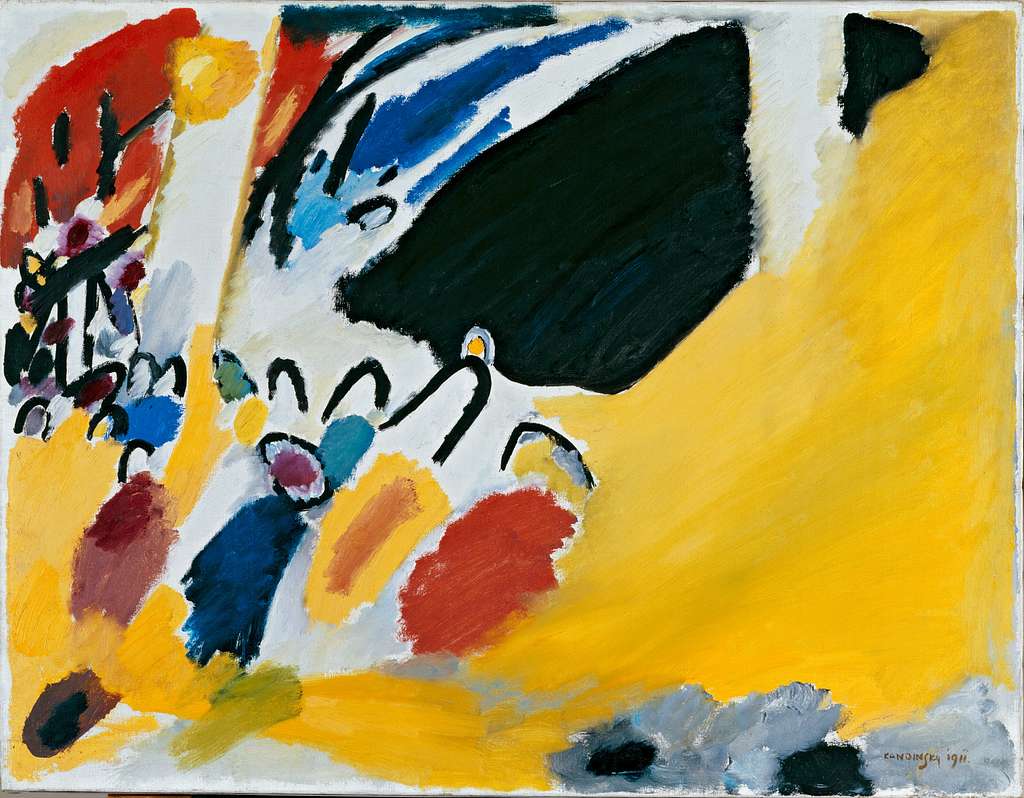

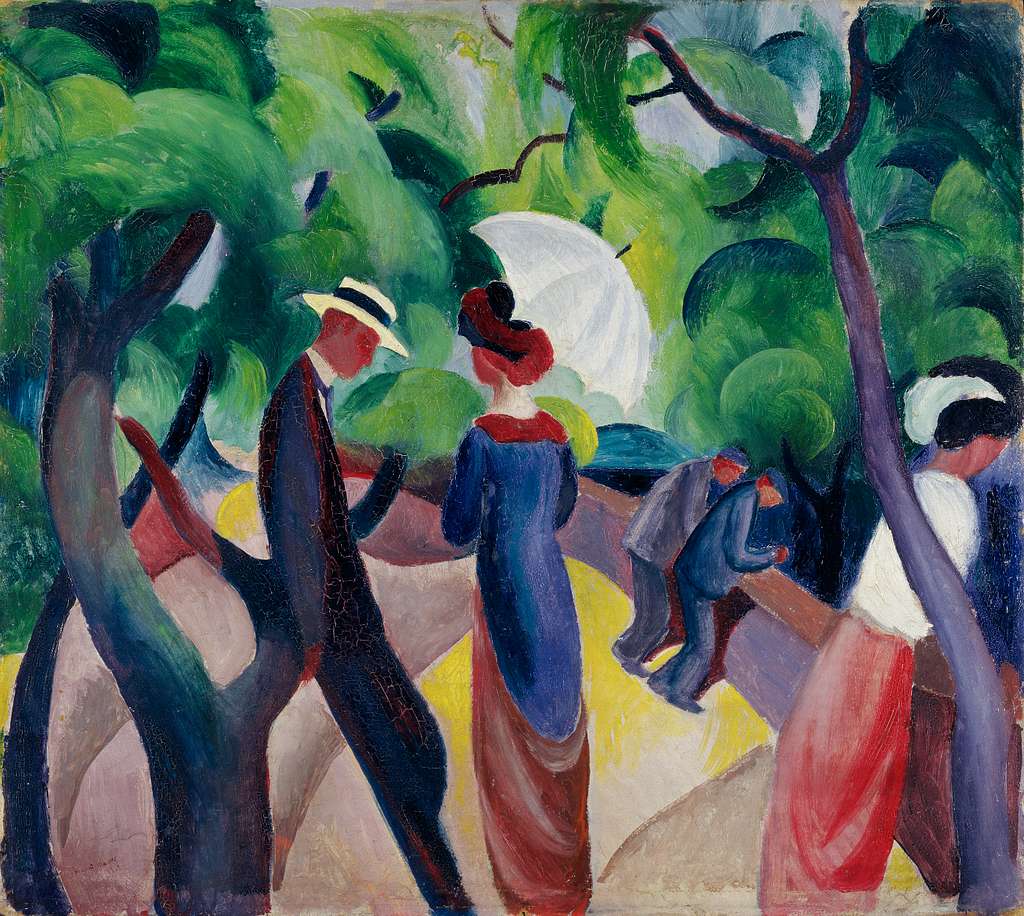
Works on display at the Lenbachhaus Gallery focus on the Golden Age of art in Munich, the end of the 19th and beginning of the 20th centuries, with a particular focus on the Blue Rider Movement. This was founded in 1911 and although only two exhibitions were ever organised, the artists involved gained much recognition. Their use of bright colours and abstract shapes was ground-breaking. Blue, for example, was for them the most spiritual colour and is seen to great effect in Franz Marc’s Blue Horse. The movement fizzled out because of World War I. Some artists – Franz Marc and August Macke – were killed in action, others left Germany and went abroad.
Paintings here by Wassily Kandinsky, founder member of the Blue Rider movement, include Impression, Improvisation and Picture with a Black Arc’. Blaues Pferd, by Franz Marc depicts a blue horse against waves of colour representing the hills and fields in the background. Paul Klee’s Rose Garden shows swirls of pink and red to represent the roses, but the blocks of colour could equally be piled-up objects or a cityscape. August Macke’s Promenade, painted in 1913, is a simple depiction of a man and a woman on a summer afternoon, but it has a poignant, end-of-an-era quality to it, because Macke painted it only a year before he died in wartime France.
the munich art hoard
This incredible story is further proof of Munich’s importance in the art world. Completely unexpectedly, in 2012, the Munich Art Hoard, as it is now called, was found. An elderly recluse, Cornelius Gurlitt, had been hiding more than 1,400 paintings, drawings, prints and sculptures in his Munich flat. Many of them had been stolen from Jews who’d fled abroad in the 1930s and others were works which had been banned under Hitler, but snapped up by unscrupulous art dealers and sold abroad. The discovery caused a world-wide media sensation.
The story is well told in Catherine Hickley’s Munich Art Hoard. She researched the archives and conducted many interviews to dig out the facts: to whom had these works originally belonged? How did they end up in Cornelius Gurlitt’s possession? The book illuminates a dark period of German history, untangling a web of deceit and silence during the Nazi regime. Some of the works have been returned to their original owners or their descendants, while in other cases, the search for their rightful owners goes on.
Listen to the POdcast
Reading suggestions
The Munich Art Hoard by Catherine Hickley
Munich, its Golden Age, Art and Culture by Rainer Metzger
links for this post
Alte Pinakothek
Neue Pinakothek
Lenbachhaus
Schack Gallery
Münchener Stadtmuseum
Previous episode Munich, standing up to Hitler
Next episode Music and Literature in Munich






